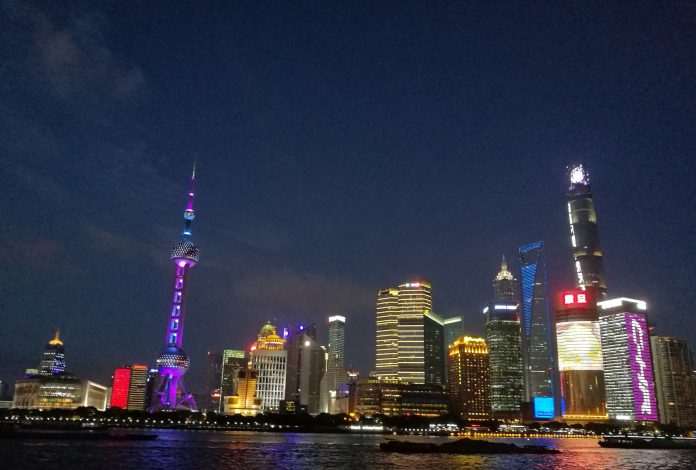Design Thinking
We started the week with a basic crash course on how to use Arduino circuits to control our paper actuators. No doubt, the lesson was useful but largely irrelevant to my group’s project. We experimented with several different designs and sizes for our actuator but none could achieve our desired effect. Furthermore, we were still lacking in a sound concept to explain our work. Time was running out. We were frustrated and desperate. So instead of stubbornly insisting on our initial idea – an umbrella, we took a step back and decided to explore other options with the actuators that we had already made. Looking at their undersides, we realised that they bore a strong resemblance to sunflowers. This led us to Vincent van Gogh’s Sunflowers painting which sparked off some thoughts in us. Must paintings always be still-life? Can’t they be alive? These rhetorical questions became the basis for the concept of our work – breathing life into paintings. The final product? Vincent van Gogh’s Sunflowers painting affixed with paper actuator sunflowers that had petals which moved with varying temperatures.
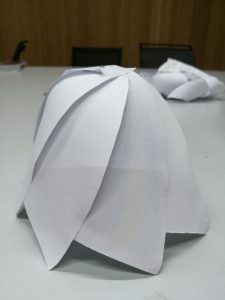
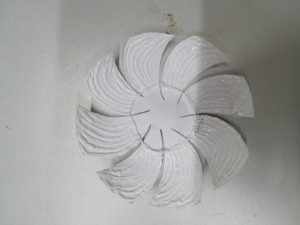

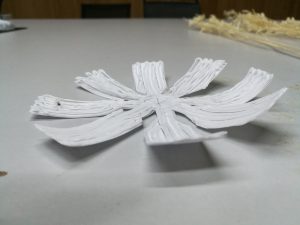
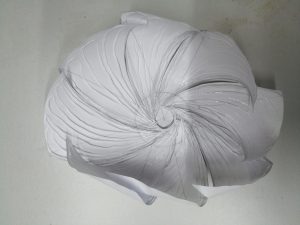
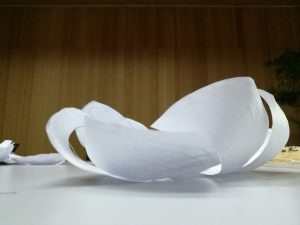
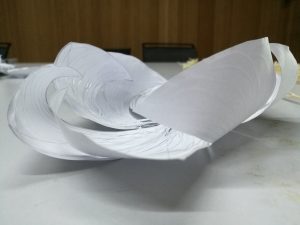
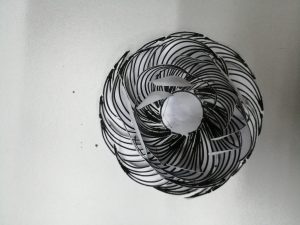
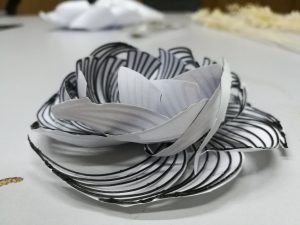
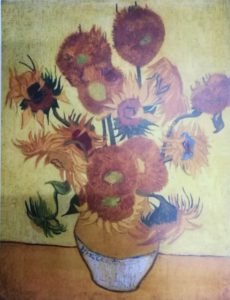
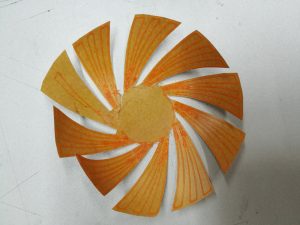
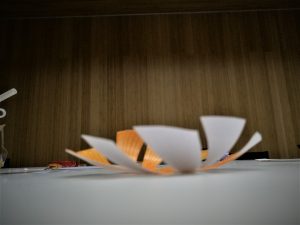
The main takeaway I got from Design Thinking was that the best designs are often elegant – simple yet able to serve their intended purpose effectively.
TFI
This week marked our last session at Hushu Special School. As mentioned in my earlier post, this session was all about experiencing what the students did on a regular basis in their classes. There were 4 classes to pick from: a handicraft class, a pastry making class, a scallion pancake making class and a milk tea making class. My group settled for the milk tea making class. It was a role reversal in our class; instead of us teaching the students, it was the students who taught us how to prepare milk tea. I felt that this humbling experience was a great way to end off our journey at Hushu Special School. It showed that the student there need not always be on the receiving end, they too are capable of being on the giving end.
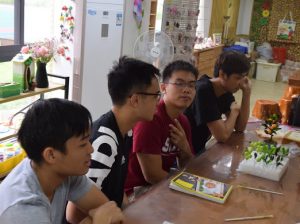
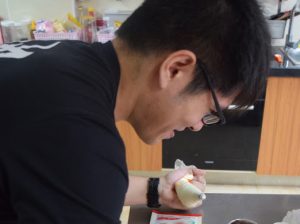
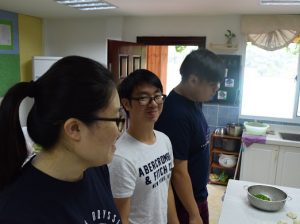
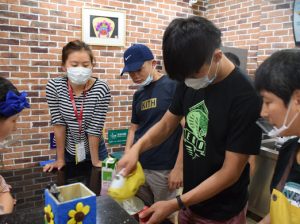
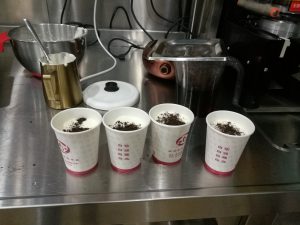
Theme field trip
We were originally scheduled to visit Xixi Wetlands(西溪湿地) but due to inclement weather, we visited China Wetland Museum(中国湿地博物馆) and Zhejiang Provincial Museum(浙江省博物馆) instead. The whole aim of this field trip was to gain a better understanding of the Liangzhu people – how they lived, the tools they used and the technology they had. The exhibits in China Wetland Museum(中国湿地博物馆) showcased the relationship between the lives of ancient people and wetlands while the exhibits in Zhejiang Provincial Museum(浙江省博物馆) showcased the evolution of China pottery from unfired clay pottery to the familiar blue porcelain that we have today. Man sure has come a long way since the Stone Age.
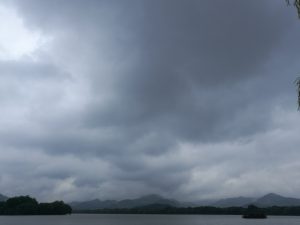
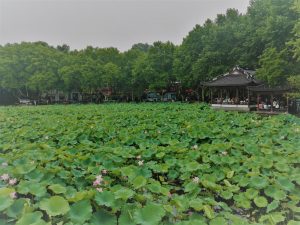
Zhejiang Provincial Museum
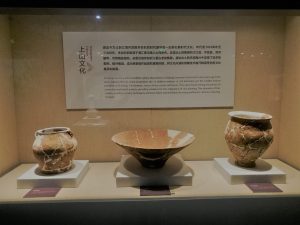
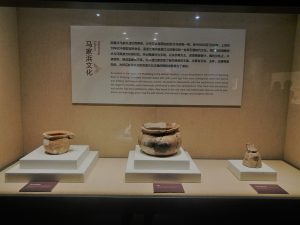
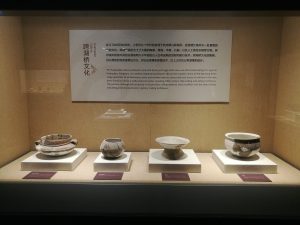
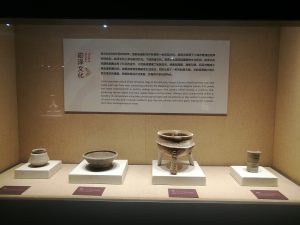
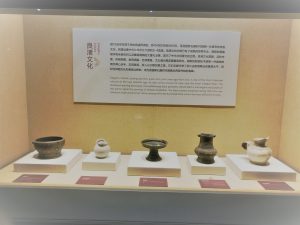
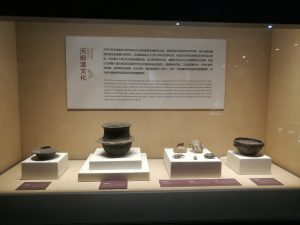
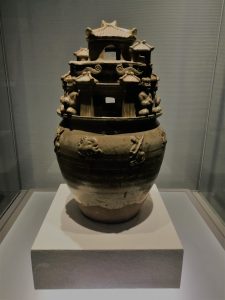
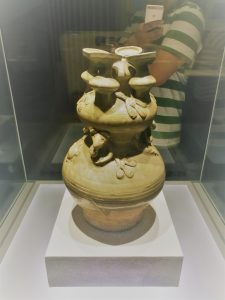
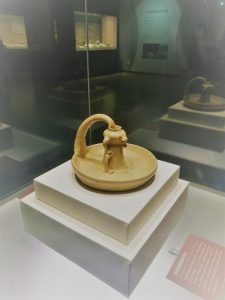
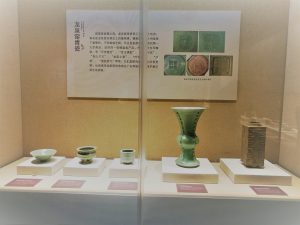
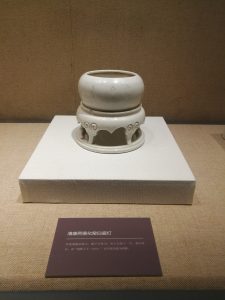
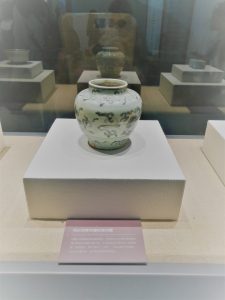
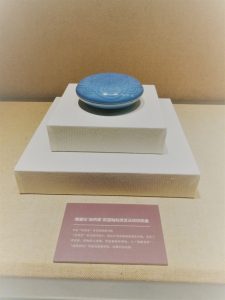
My Own Travels
I headed to Shanghai over the weekends, this time, purely for sightseeing. The places I visited include Qibao Old street (七宝老街), Nanjing Road(南京路步行街), The Bund(上海外滩), Zhujiajiao Ancient Water Town(朱家角古镇) and the world’s largest Starbucks store.
Qibao Old street
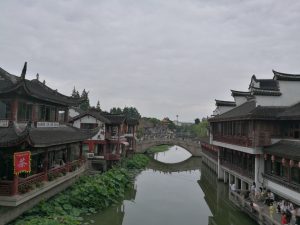
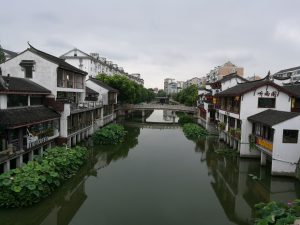
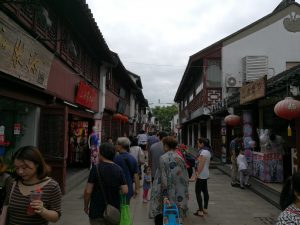
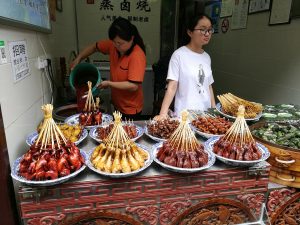
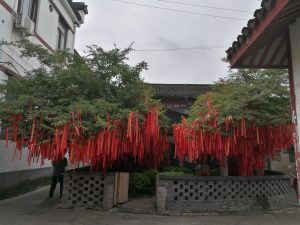
Nanjing Road
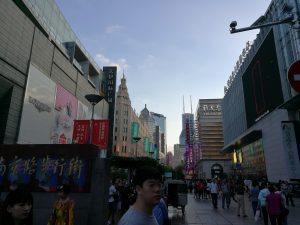
The Bund
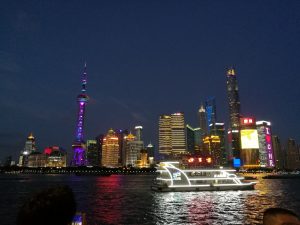
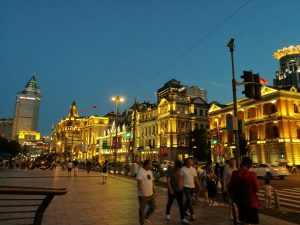
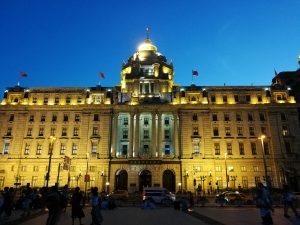
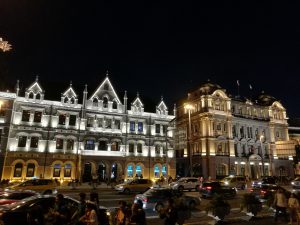
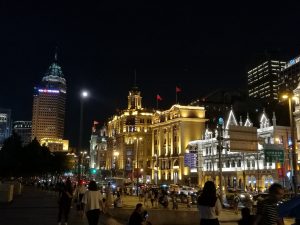
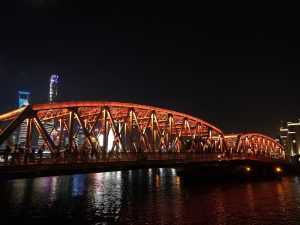
Zhujiajiao Ancient Water Town
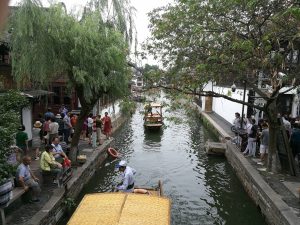
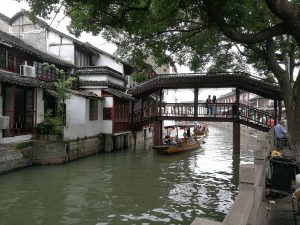
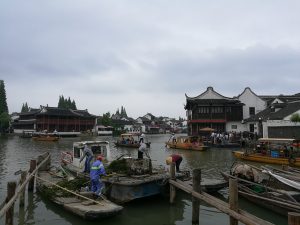
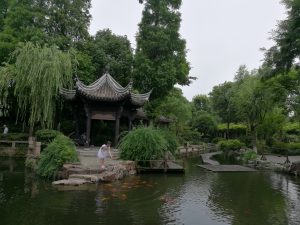
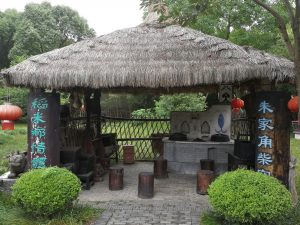
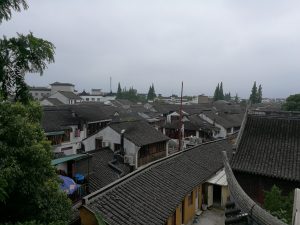
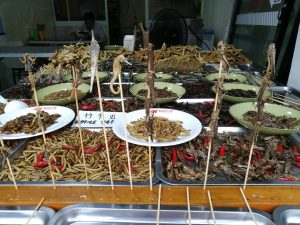
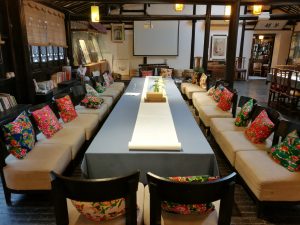
Starbucks Reserve Roastery

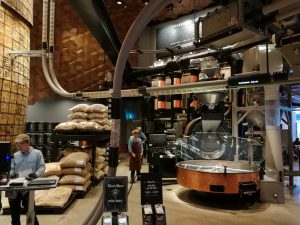
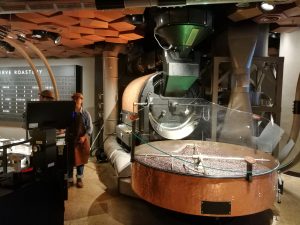
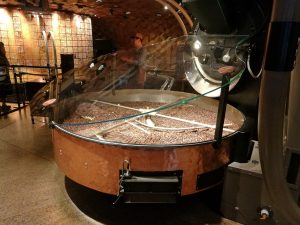
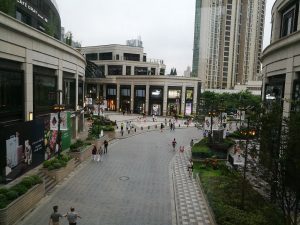
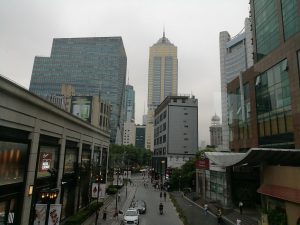
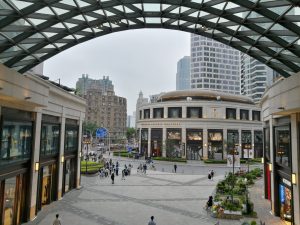
Random Pictures I took along the way

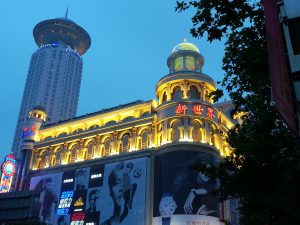
Shanghai Hongqiao High Speed Train Station
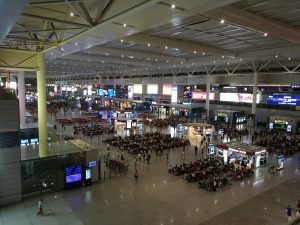
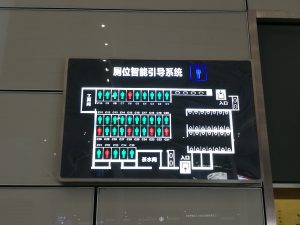
That pretty much sums up the week. Heading over to Nanxun Ancient Water town(南浔古镇) tomorrow; keeping my fingers crossed that it won’t rain.




















